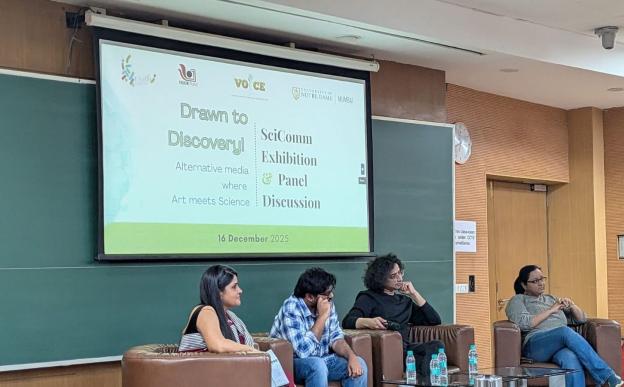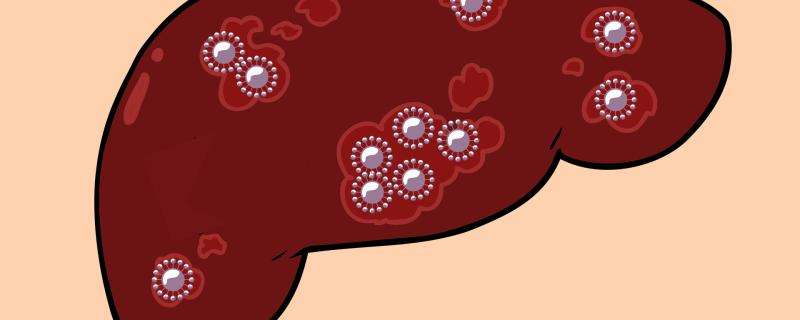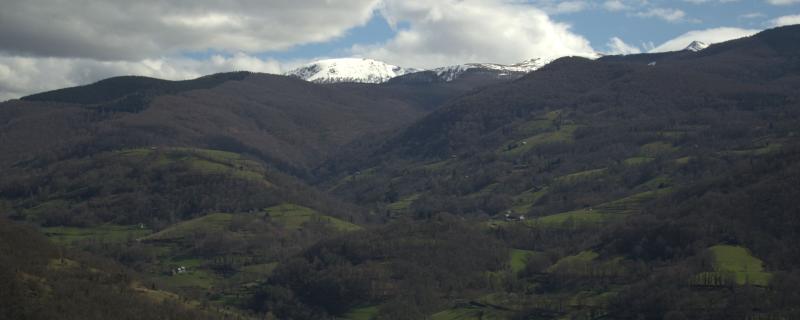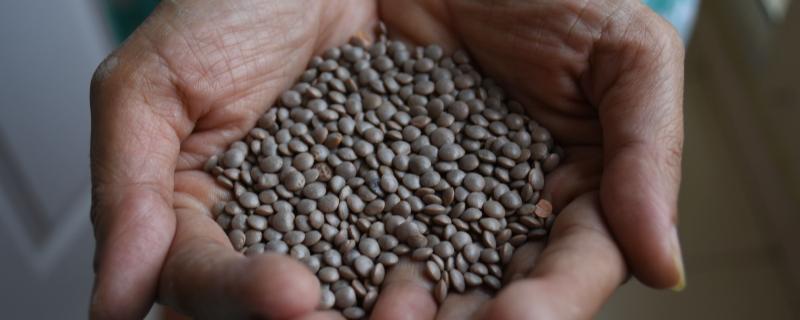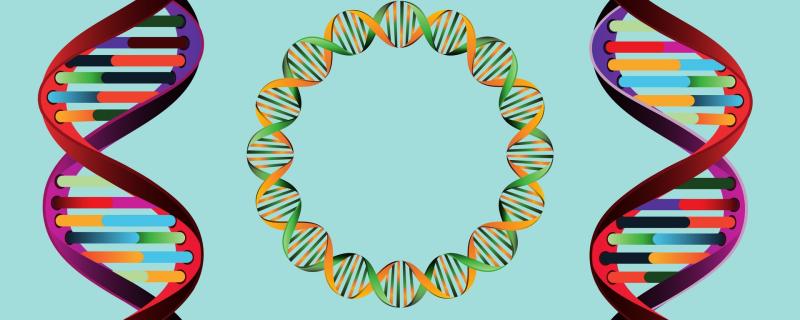Hepatitis C Virus (HCV) affects 6-11 million people in India. Chronic HCV infection is the leading cause for liver-related deaths worldwide. In India, HCV infection was estimated to be responsible for 59,000 deaths in the year 2015. Moreover, untreated HCV infection could also lead to substantial economic burden.
The Indian Institute of Science Education and Research (IISER) Pune on Tuesday launched the VOICE Fellowship 2025
Pune/
